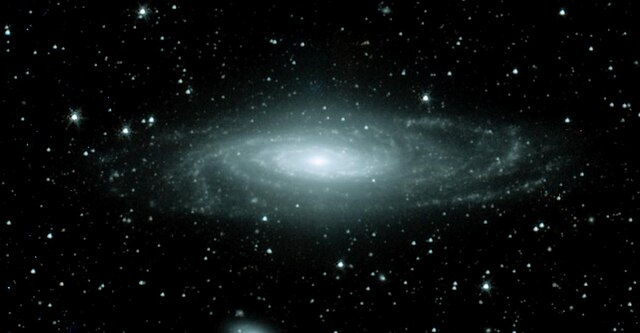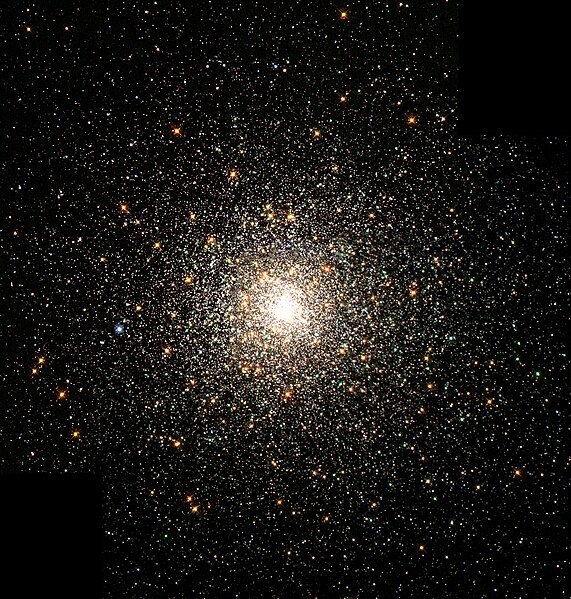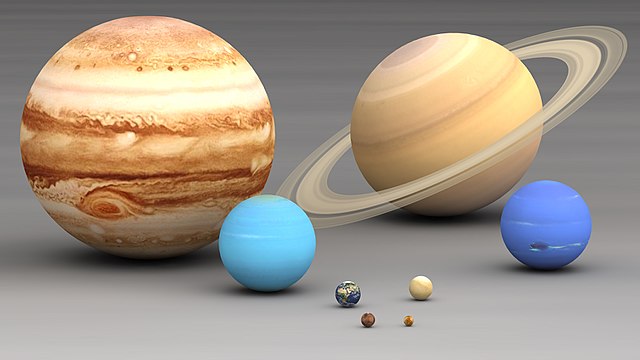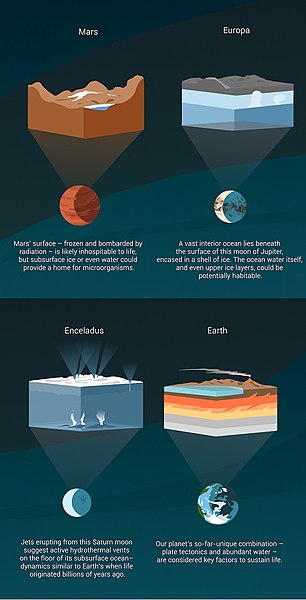In planetary astronomy and astrobiology, the Rare Earth hypothesis argues that the origin of life and the evolution of biological complexity, such as sexually reproducing, multicellular organisms on Earth, and subsequently human intelligence, required an improbable combination of astrophysical and geological events and circumstances. According to the hypothesis, complex extraterrestrial life is an improbable phenomenon and likely to be rare throughout the universe as a whole. The term "Rare Earth" originates from Rare Earth: Why Complex Life Is Uncommon in the Universe (2000), a book by Peter Ward, a geologist and paleontologist, and Donald E. Brownlee, an astronomer and astrobiologist, both faculty members at the University of Washington.
The Rare Earth hypothesis argues that planets with complex life, like Earth, are exceptionally rare.
Dense centers of galaxies such as NGC 7331 (often referred to as a "twin" of the Milky Way) have high radiation levels toxic to complex life.
According to Rare Earth, globular clusters are unlikely to support life.
Planets of the Solar System, shown to scale. Rare Earth argues that complex life cannot exist on large gaseous planets like Jupiter and Saturn (top row) or Uranus and Neptune (top middle) or smaller planets such as Mars and Mercury.
Extraterrestrial life, alien life, or colloquially simply aliens is life which does not originate from Earth. No extraterrestrial life has yet been conclusively detected. Such life might range from simple forms such as prokaryotes to intelligent beings, possibly bringing forth civilizations that might be far more advanced than humanity. The Drake equation speculates about the existence of sapient life elsewhere in the universe. The science of extraterrestrial life is known as astrobiology.
Besides Earth, Mars, Europa and Enceladus are the most likely places in the Solar System to find life.
Lifeforms produce a variety of biosignatures that may be detectable by telescopes.
The Green Bank Telescope is one of the radio telescopes used by the Breakthrough Listen project to search for alien communications.
Artist's impression of Gliese 581 c, the first terrestrial extrasolar planet discovered within its star's habitable zone








